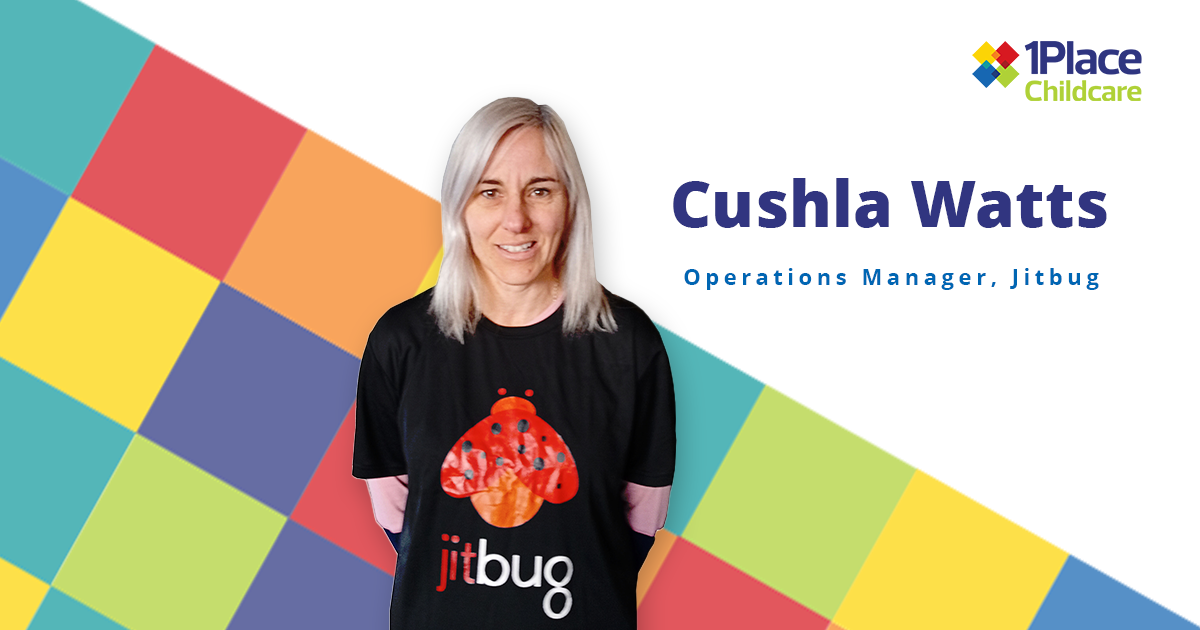 It’s one thing to use forms and checklists to meet compliance regulations. Tick, job done.
It’s one thing to use forms and checklists to meet compliance regulations. Tick, job done.
But is it really? The reality is you can’t analyse a folder full of checklists.
As a centre owner relying on paper-based processes puts it; “I’m assuming routine procedures are being followed to the letter, but there is a part of me that knows I should be checking that it is being done as expected. Everyone has their own opinion of what completed means.”
Here’s how you turn your assumptions about your early learning organisation’s daily tasks beyond compliance into valuable data that provides the visibility you need to make best practice your new standard.
Step 1: Let’s start with active supervision – what are you auditing?
This should be the foundation for every early learning program, where team members’ attention is focused and intentionally observing children at all times to ensure children are learning safely and their needs are met.
Here’s An Active Supervision Reporting Example from the 1Place Childcare Dashboards:

While paper-based reporting captures interactions and routines, it often fails to capture the point in time interactions that tell the rest of the story. With a photo that is time and date stamped at the time of observation, the picture tells a thousand words. These proof points ensure the fundamental tasks of active supervision such as scanning, counting, and being positioned correctly are being completed and monitored.
The crux of the matter is that you can’t manage what you don’t measure. And guess what? When something gets managed, it improves.
Our compliance and best practice software makes it easy to monitor, in real-time whether your team member is meeting your established tasks for active supervision.
Step 2: Compliance is just the beginning
The Child Care Success Company Owner and Founder Kris Murray initiated the ‘Inspect what you expect’ movement to highlight how important it is not to assume best practices are being followed. With 1Place, your digital dashboards can become your secret weapon to identify gaps in your processes or in your quality measurements.
Attracting and retaining staff is one area where digitising and collecting data can help to establish and ensure best practices are consistently followed. This is true for the new kid on the block or for a veteran staff member of the program.
According to Murray, regular one-on-ones, training, mentoring, and using scorecards and checklists will help you ensure the staff expectations you’ve set are being met.
As a leader it is a great opportunity to use this data to recognise consistent implementation of best practices by celebrating all scores 95% and above.
When staff members feel supported, part of a winning team and that their value is being recognised they become more committed to their roles. Many directors believe this is a key element in attracting and retaining staff.
Step 3: Assess your data to continuously improve
Now it’s time to map where each centre sits against your expected best practice standards.
The process is sometimes referred to as organisation process management or gap analysis and it begins with establishing risk parameters for each task via your compliance software.
Once parameters are in place, intelligent real-time dashboards will give you an accurate overview of centre performance across your organisation.
Then you can use this information to provide employees scorecards, identify staff professional development and training needs, or consider supplementing and creating new processes to fill the gaps.
With data illustrating where strengths and weaknesses lie across classrooms or across multiple centres, you can utilise it to support or debunk your hunches.
The proof is in the evidence, and the evidential data allows you to remain objective (rather than subjective) so you can confidently identify focus areas and make incremental changes. These small changes are the building blocks for bigger organisational change, in which best practice becomes the new standard.
Ultimately inspecting what you expect will ensure everyone is operating with the same set of expectations, ensures consistent measurements and terminology among your staff, and provides concrete opportunities for mentoring or staff training.
If you are exercising your best practices, you are ensuring the highest level of excellence, which leads to better quality care and, ultimately, an improved bottom line.




